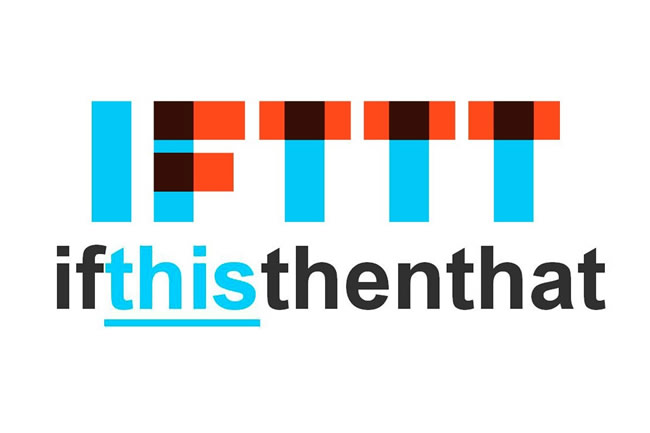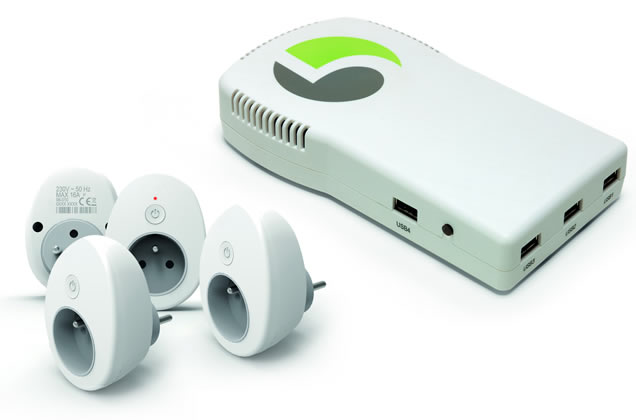Colin Moors delves into the smart apps that will make your life easier and more fun.
Now we’re officially in the future, with all the utopian and dystopian films and books uniformly failing to come true and provide us with hoverboards, flying cars and homicidal time-travelling robots, what can we expect in the not-too-distant future, the one in which certain ideas may well come to fruition? The ‘next big thing’ that’s actually been hanging around for ages, is the automated home. With more and more products becoming available and with Google’s slurping up of the home automation gurus at Nest for just over 3 billion dollars, controlling your home at the touch of a button while simultaneously on a conference call and getting a mani-pedi is a very real prospect.
In fact, the range of applications and options is now at an all-time high, and I hope to introduce you to some of the more natty applications without getting mired in too much tech speak. Believe me, once this particular rabbit hole has been entered, it can be a long way down.
Start with the smart apps basics
Starting with the basics, it’s probably best to kick off with something that will save you money and make you feel like James Bond just got domestic. Electrabel introduced their Smart Energy Box in 2012 in conjunction with Belgian automation innovators Fifthplay. For a reasonable price you can buy a smart control box, a special thermostat and four plug socket adapters that will allow you control devices from an app on the mobile device of your choosing. How warm is your house when you’re not there? You can take a look and adjust it as necessary, saving energy while enjoying the slopes of Chamonix or flip on your coffee machine or slow-cooker to ensure you have something nice to come home to after a hard day at the office. The app also feeds back the power consumption of any connected device, so you could learn which ones to turn off in order to stop them sucking up your euros on standby. With ongoing costs of a few euros per month, the savings are unlikely to be massive and the application is seriously geeky but this is hardly the point. It seems like an awful lot of fun.
For those among you who prefer Star Trek to spies, how about voice-controlled everything? Voice recognition has got lots better in recent years and smart apps Microsoft’s Cortana and Apple’s Siri speech recognition modules can now do things like opening a document and taking notes without the fear of launching a nuclear attack on France. So, like Captain Kirk, you can walk into your living room and say “lights dimmed to 55%” and then command your home theatre/receiver system to play Barry White, then… well, you can see where it’s going, surely? This is all possible today using a variety of free software. One of my personal favourite smart apps is CasleOS (www.castleos.com) which uses the sensor you get with an Xbox (the Kinect) to control a surprising number of devices straight out of the box. It’s a little more complex than just plug-and-play for sure but if you can install IKEA furniture you can automate your home. Imagine having a drinks party and just being able to yell “drinks!” and have your whole house spring to life around you. Now tell me you don’t want one.
Get a little more complex
That was the easy stuff. Now it gets a little more complex. As more and more services become available, it makes sense that there is some way of taming them all. Different manufacturers have different ideas about how you should use their equipment. Enter IFTTT (@IFTTT). Short for ‘If This Then That’, it kind of does what it says. Statements like ‘open garage door’ or switch on coffee machine’ can be run separately via this free web service, or stuck together in what are called ‘recipes’. Your phone will know where you are as long as the GPS is on, so you could set up a perimeter around your house so that when you reached a certain distance away, the coffee would go on, a little closer and the lights would come on, the heating would go up and the garage door would open. So, IF you are 1 km from home, THEN put the lights on. You can make it these smart apps as complicated or as simple as you want. Or you could do what all the smart kids do and just use recipes that people have already made and tested from the IFTTT site.
 Finally, in this whistle-stop tour of home automation, let’s consider something else your mobile device can do – near-field communication, or NFC. If you’re a resident of Brussels, you may have seen the posters at bus stops where if you hold your phone near them, they will open a web page with special offers. Well, that’s NFC in a nutshell. What you may not know is that NFC tags, similar to the bus stop ones, are a few cents each. Attach a tag with a set of instructions to your door, and as you leave you could automatically lock the door, turn off all the lights, lower the thermostat and fire up the newspaper on your tablet.
Finally, in this whistle-stop tour of home automation, let’s consider something else your mobile device can do – near-field communication, or NFC. If you’re a resident of Brussels, you may have seen the posters at bus stops where if you hold your phone near them, they will open a web page with special offers. Well, that’s NFC in a nutshell. What you may not know is that NFC tags, similar to the bus stop ones, are a few cents each. Attach a tag with a set of instructions to your door, and as you leave you could automatically lock the door, turn off all the lights, lower the thermostat and fire up the newspaper on your tablet.
These smart apps are the tip of the iceberg, with many big names jumping on the bandwagon. Whether it’s the ‘new black’ or last year’s tech remains to be seen, but it will still be cool.







